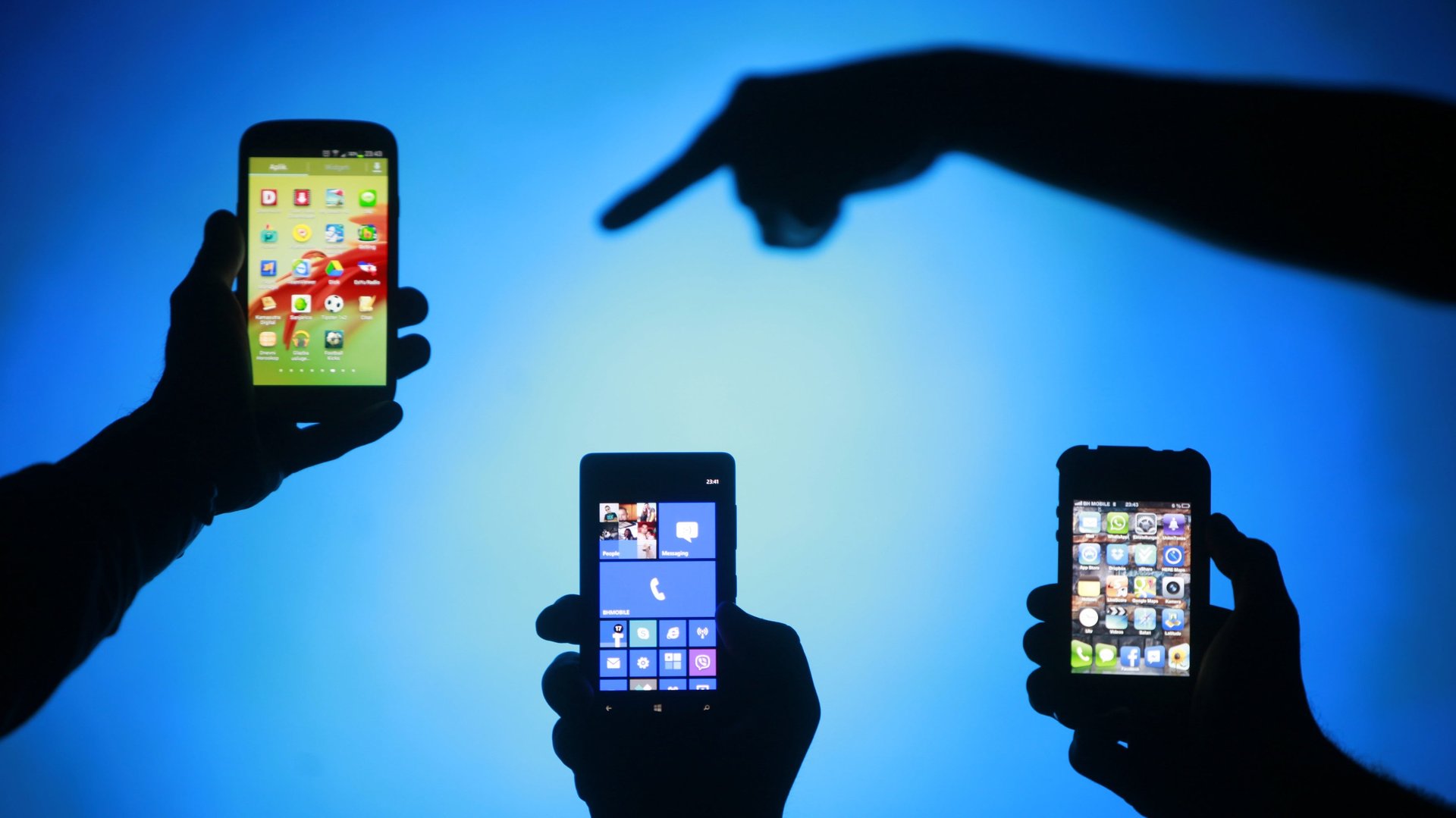The US Supreme Court’s ruling in the Apple-Samsung case is a win for makers of knockoffs
A US Supreme Court ruling in a dispute between Apple and Samsung over design patents may have big implications for designers of all sorts.


A US Supreme Court ruling in a dispute between Apple and Samsung over design patents may have big implications for designers of all sorts.
The 8-0 decision in Samsung’s favor essentially said that the company does not have to turn over all profits made from sales of phones that the courts previously ruled had copied elements of the iPhone’s design. (Typically, US courts have interpreted the relevant section of law to mean that a patent violator would forfeit all profit, even if the infringement is on just one part of the design.) Samsung, which a US court ruled in 2012 had copied the iPhone’s rounded corners, its bezel, and the grid of icons on the home screen, has argued this interpretation goes too far, and that the design patents cover certain elements of the product but not its entirety.
The Supreme Court justices evidently agreed. But many designers, in fields ranging from the auto industry to fashion, have disputed this view. In August, a group of 111 distinguished design experts filed an amicus brief on Apple’s behalf, arguing that a product’s design is inseparable from the product itself.
Samsung had argued that the law could lead to “absurd” results, however—such as the maker of a shoe that infringes on two separate design patents having to pay more than its total profit—and said it was excessive to penalize a company for 100% of the profits made by a product that might infringe on 1% of a patent.
The SCOTUS ruling effectively reduces the deterrent effect of design patents, which are expensive and time-consuming to acquire as it is. Susan Scafidi, the academic director of the Fashion Law Institute at Fordham University School of Law, says it’s “definitely a victory for copyists” and could lead to more knockoffs.
“That rule was designed to make sure copyists didn’t just treat the possibility of a lawsuit or payment of damages as an incidental business expense,” Scafidi says. “Now, with damage awards limited to the percentage of profits attributable to the copying, design patents are much less valuable to creators. Not only are the potential awards or settlements lower, but the costs of calculating and litigating the amount of damages are higher.”
As a result, a company could more easily profit from copying another brand’s product, paying at worst only for the portion it copied. Brands that rely heavily on design patents, such as many footwear brands, are likely to be hardest hit, Nike being one example.
In June, the world’s largest sportswear brand filed an amicus brief (pdf) on behalf of neither party, but said in the filing that it has a “substantial interest” in the case given that it “holds the third-largest portfolio of design patents in the United States.” Nike went on to add that it invests a great deal of resources in design, and that effective protection of its intellectual property is “vitally important to Nike’s brands’ success, competitive position, and growth potential.”
In a statement on Dec. 6, Samsung thanked the groups that had supported its position and praised the ruling as a victory “for all those who promote creativity, innovation and fair competition in the marketplace.”
We’ve reached out to Apple for comment and will update this post with any reply, but in a statement to Tech Crunch, the company said its case “has always been about Samsung’s blatant copying of our ideas, and that was never in dispute.” It went on to add, “We remain optimistic that the lower courts will again send a powerful signal that stealing isn’t right.”
As Apple’s statement indicates, the Supreme Court’s decision didn’t put the matter to bed (and it doesn’t offer guidance on how juries and lower courts should handle similar disputes in the future). It centered specifically on whether Samsung had to pay one part of the nearly $930 million in damages it was initially ordered to pay Apple for infringing on its patents—an amount that has since been reduced and battled over, leading to the current case. The decision sends the case back to a lower court to wrestle with whether the “article of manufacture” involved is the entire smartphone or just certain components, and then to determine what Samsung owes.